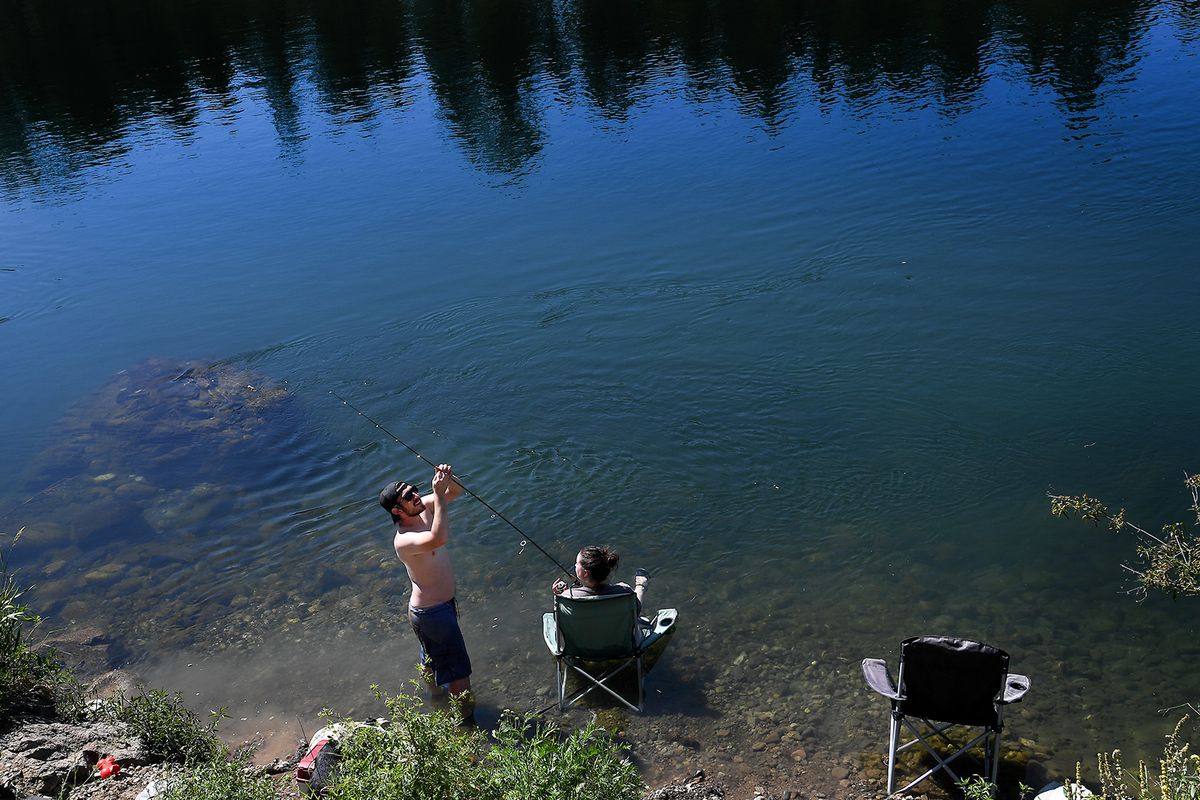This column reflects the opinion of the writer. Learn about the differences between a news story and an opinion column.
With outdoor use higher than ever, the question has to be asked: Who pays?

Trailheads packed. Mountain biking areas flooded. Rivers running wild with rafters, anglers and all others.
As COVID-19 frayed face-to-face connection, it pushed many of us to reconnect with the natural world. Across the board, land managers, volunteers, clubs and, sadly, rescuers are reporting higher outdoor use.
That’s a wonderful thing and one that hopefully continues. Outdoor recreation has, for too long, been the purview of the wealthy and, in the United States, white. Enlarging that tent is a good thing.
But that increased use raises a tricky question.
Who pays for it?
For decades, hunters and anglers have funded conservation in the United States and Canada. Known as the North American Model of Wildlife Conservation, it has been remarkably successful, conserving and bolstering species that 100 years ago were on the verge of extinction.
Most states’ wildlife management agencies are built around this model.
For instance, nationwide hunting and equipment taxes paid by hunters and anglers funded more than half of all states’ annual budgets, according to a 2014-15 study. In Washington, hunting and fishing license fees and associated federal money make up more than one-third of the Washington Department of Fish and Wildlife’s annual operating budget.
At the same time, hunting and angling participation has been on a steady decline. That trend is true in Washington, too.
And while hunting and fishing license sales spiked alongside all other outdoor recreation during the pandemic, whether those numbers will stay high remains an open question.
Which, of course, is true for other types of recreation. Perhaps the increased use is just a blip on the radar, and we will all go back to our indoor loving ways.
It doesn’t matter.
Because the question remains, who pays for it?
It no longer works to fund conservation solely on the backs of hunters and anglers. There simply aren’t enough of us to make it a viable political or financial strategy. Not to mention the myopic focus on game-only species that can happen when the impact every decision has on the “customers” has to be weighed against the science.
No, if the tent is to be expanded, then the attendees have to pay.
None of this is new, of course.
Backpack taxes (a tax on outdoor gear) is one simple and fair way to raise conservation dollars, but the outdoor industry has fought against them, noting that they already pay taxes. Local taxes work well – when they’re enacted. Look no farther than Spokane’s own Conservation Futures Program, which to date, have secured nearly 10,000 acres of land in and around Spokane.
But that tax was contentious in 1995 when it was approved and it is sometimes hard to imagine something similar happening now.
Not to mention, regional taxes impact regions. Ecosystems and long-legged wildlife need more than countywide agreement.
And so what to do?
I don’t have an answer.
But I do have a question.
If you were one of those legions who headed outside to find some peace of mind, get a break from home, meet with friends in a socially distant and viral-neutral way, or simply distract yourself from the stress and chaos of 2020, what was it worth?
And who pays?